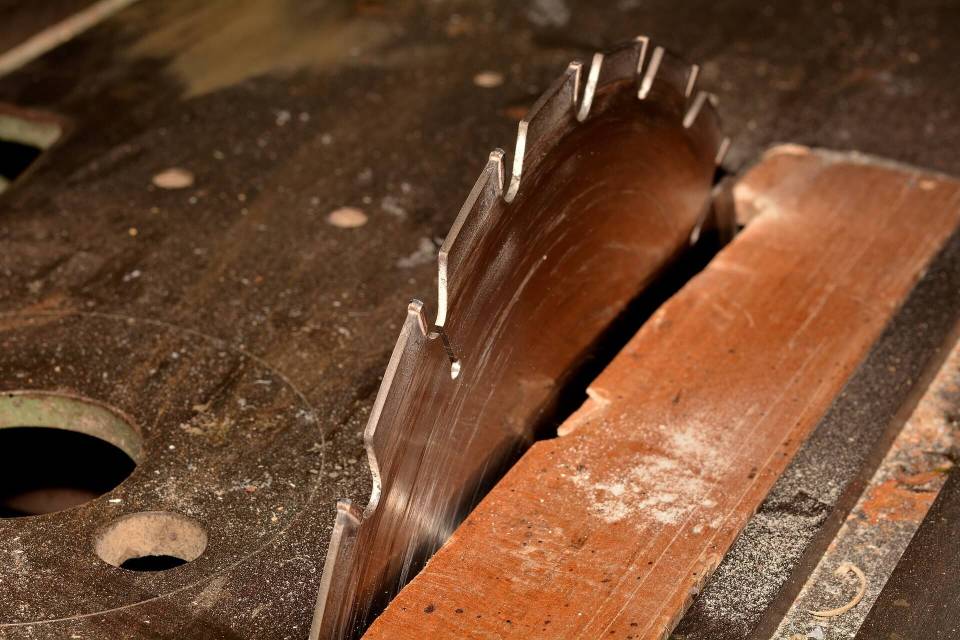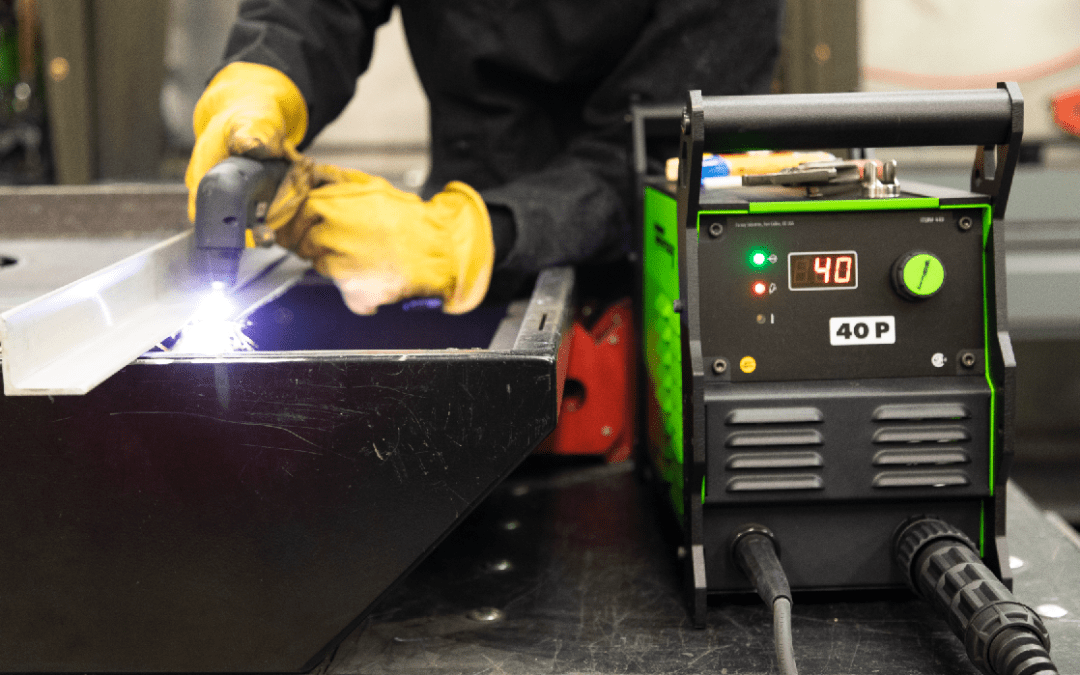FREE DELIVERY FOR WELDING*
* On Business Days - Purchases $100 or More
2.5% OFF By paying with Check, Wire or ACH
Online and Call-Ahead Orders
* Minimal Purchase Price $100
Factors to Consider When Choosing Bandsaws

There are many different types of bandsaws on the market. Some cut metal, others saw wood and depending on the use - some are even designed to saw through meat! When you're buying a bandsaw and trying to decide which one is right for you, here are some important things to consider:
1. Check that the material you're looking to cut is right for your machine.
Often, smaller manufacturing companies will throw multiple types of material onto one machine. Although it may be able to get the job done, the machine over time will either deteriorate or have much worse issues. If you're looking to cut metal, get a metal cutting bandsaw.
If it's wood, then stick with one for wood. It's not "upgrading" to be getting a bandsaw that has higher power, if the material it's designed for isn't the same as the one you'll be using - so, check ahead.
2. Choose the right POWER.
The horsepower requirements are determined by what is being cut. When it comes to wood, a general cutting of more thinner stock with minor resawing will usually allow for a 1-1/2 horsepower engine to work for the job. On the off-chance that you plan on using much thicker stock, a 2-1/2 to 3 pull engine would do better. Remember, engines evaluated at 2hp or bigger will commonly require a 220V electrical supply.
3. Vertical or Horizontal Bandsaw?
The type of sawing that a machine is capable of doing is one of the most important elements to consider. When it comes to cutting accurately and smoothly, horizontal bandsaws are what most operators would prefer. Vertical bandsaws are more useful for intricate and precise cuts, and for more customized twists and turns. If you're looking for something to just plainly cut things in half, then a horizontal bandsaw is for you. However, if you're an artisan who custom builds parts out and needs to make difficult cuts such as curves, a vertical bandsaw would be the better bet.
4. Frame Type DOES Makes a Difference.
There are 2 primary types of machinery frames for bandsaws - cast iron and steel. The cast iron is the traditionally preferred machine - typically, the motor is rated between 1 and 1-1/2hp, which isn't always the best. As well as this, the cutting capacities can be limited in scope.
The steel framed bandsaws however, do not have these limitations. Made from heavy, welded steel, the design allows manufacturers to increase cutting area without compromising on deflection and strength.
5. Dust Collection.
Unfortunately, bandsaws aren't a normal power tool. The dust that comes from their cutting blades can wreak havoc on your production. Did you know that some metal dust can actually combust if not tended to? When it comes to high production sawing especially, a dust collection system is imperative to sustaining a safe workplace.
Overall, when it comes to sawing just remember – one size does not fit all. You can’t take a hacksaw to cut down the great redwood forest - and likewise, you can't bring subpar cutting tools to the job site. Before you pick the bandsaw you want for your business, just be sure to give the purchasing decision the ample amount of research needed so that you’re not paying for broken, cheap, or overcomplicated machinery.
DoALL Bandsaws
Direct Machines and DoALL saws have partnered to provide high-production sawing machinery to any business in America. DoALL provides all sorts of sawing machinery for metal cutting, from vertical to horizontal, from small to large-scale manufacturing plants. The machines are top-tier quality and are known to be durable and cost-effective. Check out DoALL Saws here.




